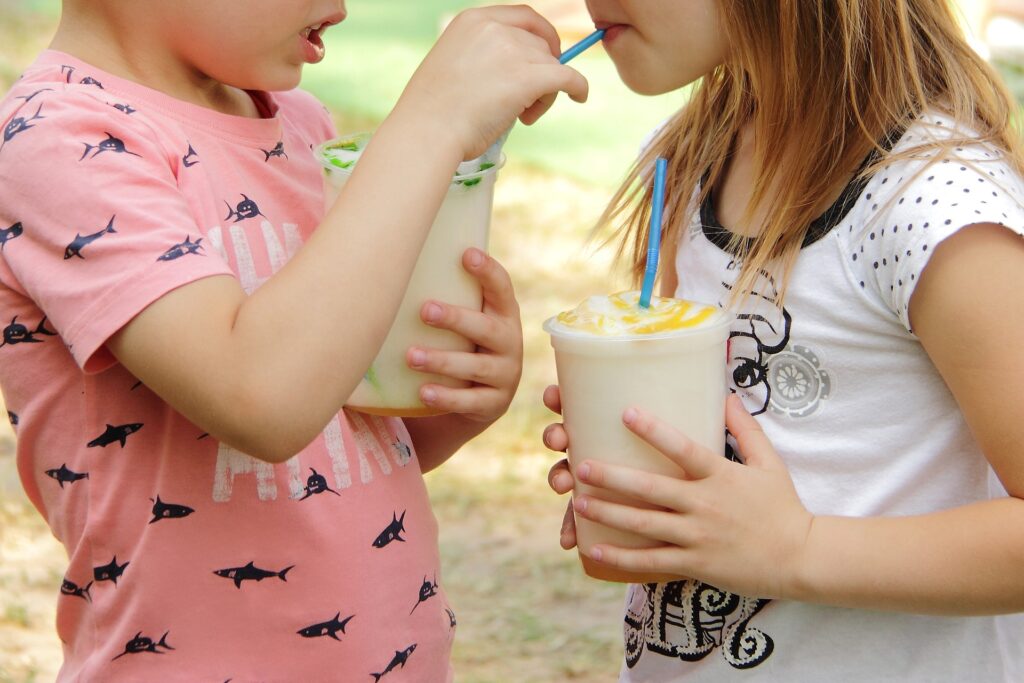Teaching nutrition to children can help them learn about the basics of healthy eating, and while at it, it can also be fun. The teacher can use events, excursions, and other arty devices to spur the kids’ interest in learning. The kids can also be encouraged to practice the healthy nutritional habits that they’ve learned.
Additional methods can be employed at home or school to get the kids fascinated about the various processes that combine to keep the body working in top condition. Educating the kids about nutrition commences with them being exposed to different food. This can be followed by letting them know the effect these foods will have on their overall well-being.
There are several creative means that teachers can employ to teach children about nutrition, and this article discusses some of them.
1. Make a compilation of your old newspapers, brochures, and web-printed pictures. Make the kids cut out different actual food images from these materials to exercise their mastery of food recognition. They can cut out images of food from different classes. It should also make them appreciate the distinction between proteins, fats, carbohydrates, and other food classes.
2. Another fun and effective method of teaching kids about nutrition is to educate them on the basic micronutrients (vitamins and minerals) and what they add to the body. An example of such a teaching strategy is outlined below
- Vitamin A is essential for good eye health.
- B Vitamins are essential for energy production.
- Vitamin C is essential for proper immune health.
- The cells are protected by Vitamin E.
- Vitamin K is vital for blood clotting.
- Calcium is important for bone health.
- Iron is important for body tissues.
- Zinc helps in wound recovery.
3. Cooking with kids provides them with a huge opportunity to open up their understanding, and this nutrition training is also entertaining for kids of all ages. You can choose to make the cooking tasks straightforward or complex, depending on the strength of your audience.
4. As the teacher, you can make the kids suggest different recipes for preparing a particular food. You can have each of the kids bring reasonable ideas. Alternatively, you can have everyone do an exchange, where each kid gets a distinct recipe to carry home. However, this depends largely on the number of kids you have with you.
The kids can talk about their different recipes, what they love about them, and when they usually use them. Perhaps it is the household’s weekend pizza and crushed eggs recipe, and they like it with fruit within their family. It is a rewarding process helping kids associate fun with having regular healthy foods and not just going out for any food.
5. Most kids love sugary foods for fairly obvious reasons. However, it is no secret that too much sugar may not be ideal for little kids. The teacher can discuss the harmful effect of excessive sugar consumption, and this is where the “sugar demo test” will come in handy. It is a fun visual for figuring out how much added sugar is contained in various food commodities.
While it is typically performed on beverages, you can also carry it out with yogurt, snacks, or confectionery. The kids should find this process fun and exciting, and it will also aid learning on their part.





